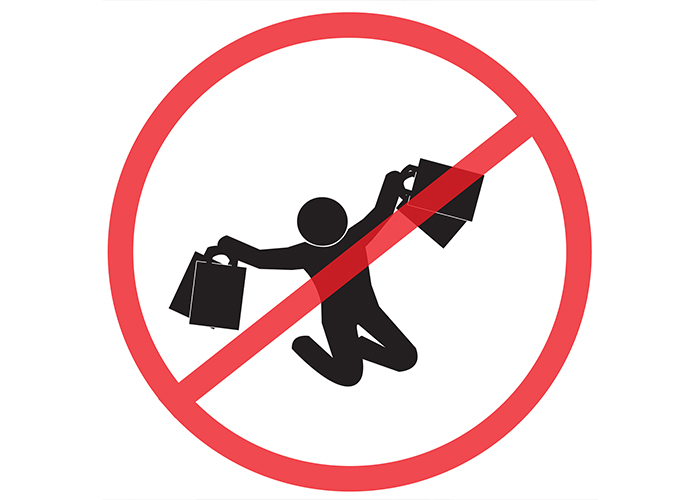
There is a reason why grocery stores put candy by the checkout line. It is not because you might have forgotten to pick up a chocolate bar but because that is what your kids will be asking for.
To keep them quiet you give in. This scenario is otherwise known as an impulse buy. Getting the occasional candy bar is not going to make a dent in your wallet but a dozen impulse buys could. That is why you should adopt a “do-not-buy” approach to your shopping.
Here’s how you can put that kind of list into action:
Decide on Your Cravings
What is the one thing you can’t resist buying? For some people it’s shoes. For others is it the latest phone upgrade from Apple. Whatever few things that you find yourself “craving”, should go at the top of your do-not-buy list. Once you appreciate that these cravings are often impractical purchases then you might be able to resist the temptation and save.
Watch Your Spending
Do you know how much you spend in a day? In a week? In a month? You should track your spending down to the smallest item. A daily $5 latte for work means you’re spending $100 each month just on drinks. Could that $100 be better spent paying off a bill?
What Is Your Buyer’s Remorse Items?
Buyer’s remorse refers to the regret of a purchase. It doesn’t just have to be a house or a car that can give you remorse. You could also feel bad about an expensive pair of jeans or a bottle of wine. Think about all those items that you regretted buying. Repeat items should go on the list.
Watch Out for Your Emotional State
Retail therapy is a real condition. Sometimes you might be feeling bored or depressed and a trip to the mall will cheer you up. That is setting up the kind of cause and effect cycle that can be hard to break. Shopping shouldn’t always be due to an emotional need. It should have a practical component in order to stay focused on the goal of saving money.
Set Up Rules
Once you begin working with your do-not-buy list you should set up rules for future purchases. This might mean picking something from the list that you are ready to buy but under certain conditions. For instance, if it is a choice between paying in cash or credit, then you should opt for the cash. If you don’t have enough saved up, then you need to rethink the purchase.
Saving money is really about taking control of your spending habits and limiting your shopping impulses. Now, try you try this list and see how much money you’ll be saving in the bank.

